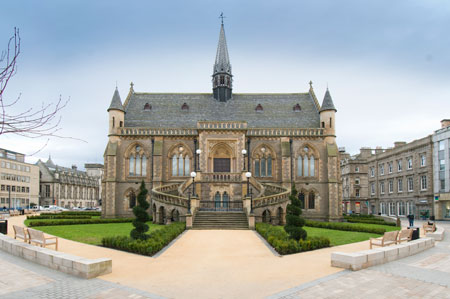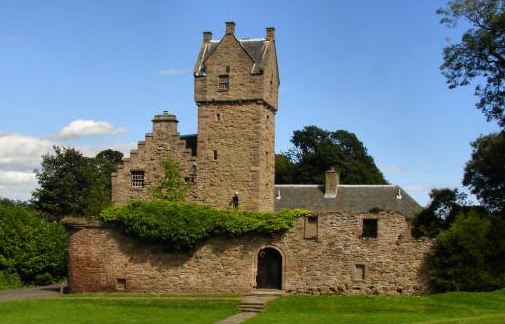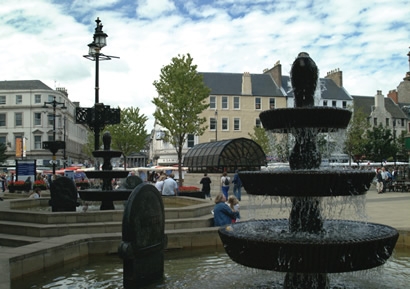- Study in AustraliaAustralian Universities/CollegesPrograms by faculty AusAustralian VisasLife in Australia
- Study In New ZealandNew Zealand UniversitiesPrograms by Faculty NZNew Zealand VisasLife in New Zealand
- Study in CanadaUniversities/Colleges in CANADAPrograms by faculty CanadaCanadian VisasLife in Canada
Dundee
| Dundee | |||
| Situated on the north side of the Firth of Tay. Dundee is the administrative centre for the Tayside Region of east Scotland and the country's fourth largest city. Dundee is a lively, affordable, safe and friendly city on the banks of the beautiful river Tay on Scotland’s east coast. Dundee is the regional centre for Tayside – one of the most unspoilt areas of the British isles. Dundee, Scotland’s fourth largest city, boasts two universities and a population of about 144,000, and there’s lots of fun to be had in our recently opened Student Centre. Dundee was a famous ship building centre in the 18th century. | | ||
| Today it is an industrial city that has many sights on its famed port. On the waterfront two historic ships can be seen. The H.M.S. Unicorn is a wooden ship of 46 guns that was built in 1824. The Unicorn is the oldest British warship still afloat and it is still fitted as it was on its last voyage. One of the last of the original sailing ships made in Britain is the Discovery. It was a research ship built in 1901 that was used by Captain Scott on two expeditions to Antarctica. It is now anchored at Craig Pier and is open for tours.The city is linked to the south side of the Firth by rail and road bridges. | |||
 | |||
| The McManus Galleries are located in Albert Square. The gallery exhibits collections of Victorian art and archaeological materials of the area. Outside the gallery is a statue of the famous poet Robert Burns. Mains Castle, in Caird Park, Dundee, was built on land which at one time belonged to the Stewarts, then passed to the Douglas Earls of Angus in the 14th century. The Howff Burial Ground is located just north of the city square. This land was once an orchard to a monastery, until it was destroyed in 1548. It became a burial ground in 1564, when Mary, Queen of Scots, gave the land to the town. For three centuries the Howff has been the chief burial ground for the area. | |||
 |  | ||
| As the only south-facing Scottish coastal city, Dundee's weather patterns are at least a few degrees kinder, sunnier and drier than Aberdeen's and most of the rest of Scotland's. The winter climate in the city is less severe than in its surroundings, due to its position on the North Sea and its backing by protective hills. Winter snowfalls cover the hills, but rarely descend to the city streets. The Dundee climate in general is temperate and oceanic, with wetter summers and milder winters than other countries on the same latitude, due in part to the Gulf Stream which winds along Scotland's west coast. Even so, temperatures are lower here than in the more southerly regions and on the west coast of Scotland. Average winter maximums sit around 6°C / 43°F or 7°C / 45°F, with summer highs averaging 23°C / 73°F. In winter, freezing temperatures are not uncommon, while rainy weather is evenly distributed throughout the year. Due to the latitude of the city, winter days are very short and in high summer, daylight hours number at around 18, with a soft twilight for the rest of the night. | |||
For more information, please contact one of our offices
Study in Australia | Study in the UK | Study in Malaysia | Study in Canada | Study in the USA | Study in New Zealand














